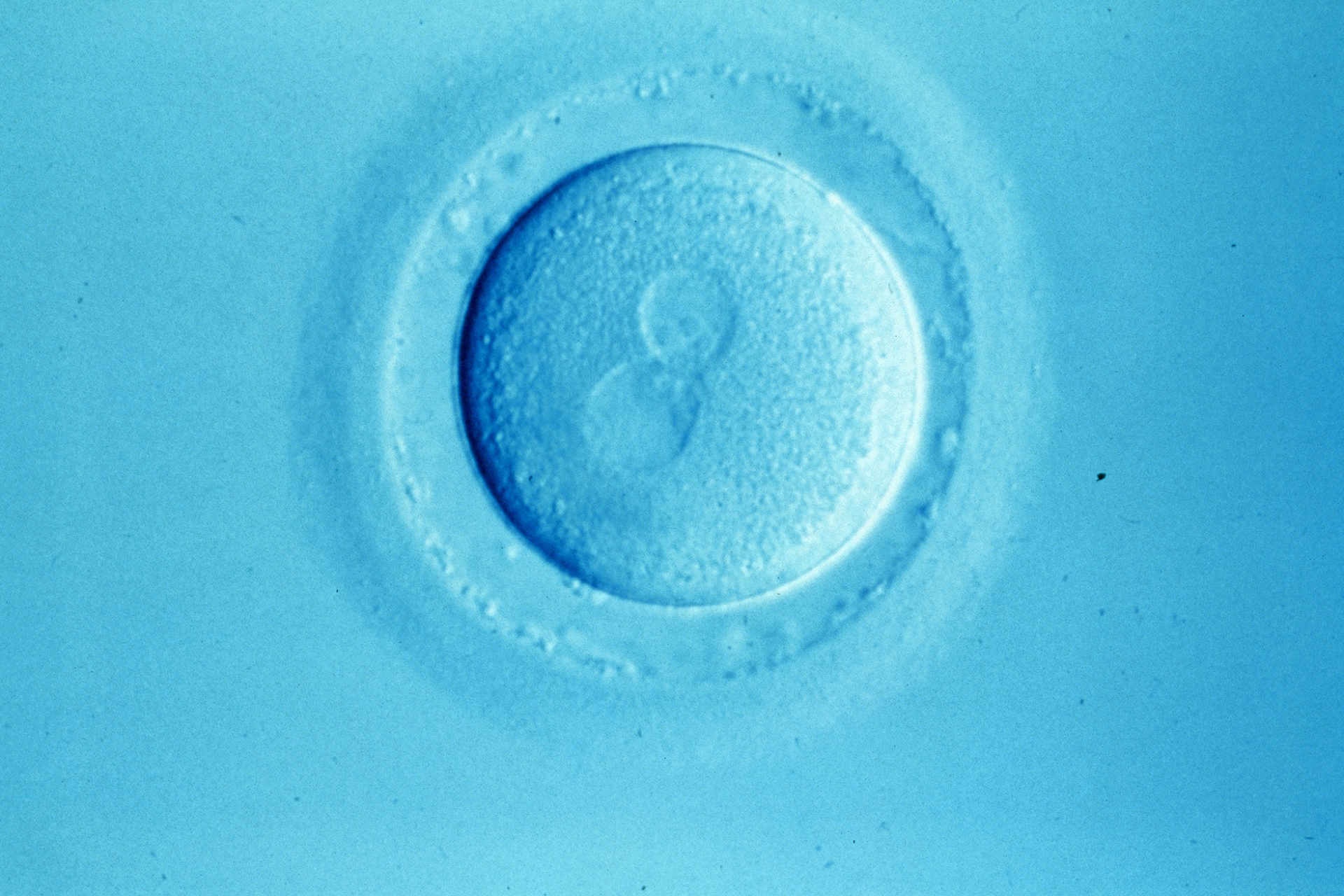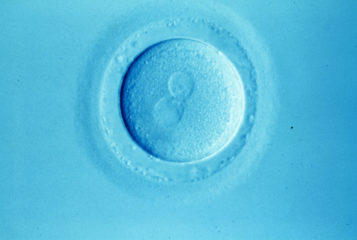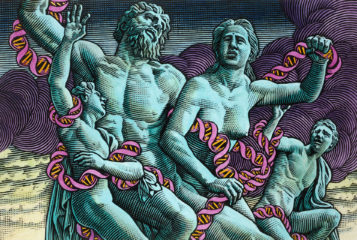Robust debate about the pros and cons of mitochondrial donation is essential, but the clinical reality of mitochondrial disorders is stark. Couples who have lost a child affected by a serious maternally inherited mitochondrial disorder may have limited reproductive options: adoption, the use of donor eggs, and for those with low levels of unhealthy mitochondria, preimplantation genetic diagnosis (PGD). Many of these couples have articulated their desire for an effective therapy that would enable them to have a healthy baby who is genetically related to both of them. For affected women whose load of abnormal mitochondrial DNA is very high, PGD is inappropriate, and the only way of potentially achieving their goal is through the use of mitochondrial donation.
It is appropriate that scientists, clinicians, the HFEA and Parliament are cautious about changing legislation in order to allow clinical trials to take place, but the debate often focuses on the potential risks: we do not know that mitochondrial donation is safe, but we also do not know that it is unsafe. The high level of expertise of all these groups makes the UK possibly the best place in the world to consider taking the next brave steps.
'First do no harm' is an important maxim for clinicians and the ethical arguments for not considering the possibility of developing new therapies have been articulated clearly. But there are other ethical issues that also deserve consideration. Is it ethical to try and prevent the development of a treatment that might enable the birth of a healthy baby for a couple for whom there are no other options? Is it ethical to avoid trying a treatment that could also avoid further tragedy in future generations? The first kidney and heart transplants were ground-breaking medicine and equally controversial at the time. Furthermore, around the world thousands of babies have been born following PGD, a technique involving embryo biopsy that was taken into clinical practice after far less intensive scrutiny than mitochondrial donation. Centres which have very conscientiously followed up every baby born following PGD in their units have found no evidence that embryo biopsy is associated with an increased risk of congenital abnormalities, despite concerns about the potential risks when PGD was first debated in Parliament.
Describing the role of mitochondria as the cells' batteries has helped many people understand their primary role, although they produce energy rather than simply storing it. Unlike other genes, our mitochondrial genes are not unique as we share them with our maternal relatives. Whether or not our mitochondria are healthy can have a profound effect on our health, but mitochondrial genes do not contribute in the same way as nuclear genes to the unique characteristics that distinguish an individual from everyone else.
For those who are concerned about the unknown risks of donated mitochondria being passed on to subsequent generations by a female conceived using mitochondrial donation, the possibility of limiting early conceptions to male embryos might be perceived as less risky, and therefore more acceptable, since males do not pass on their mitochondria to future generations; but excluding 50 percent of embryos because they are female will halve the chance of mitochondrial donation working.
I am surprised that Ted Morrow, who is opposed to mitochondrial donation, can envisage scenarios where genetic modification in humans could be justifiable (e.g. correcting point mutations). Is this because he thinks that genetic abnormalities of the nuclear DNA are more serious? That's not true. Mitochondria are discrete packages, physically separate from nuclear DNA, and whilst their products support the role of nuclear DNA genes, they can be manipulated without physically interfering with nuclear genes. Any attempt at nuclear gene therapy is likely to be far more complex and potentially associated with a higher risk of unforeseen consequences from the inadvertent disruption of related or nearby nuclear genes. In any case, PGD can be used to choose embryos that will be free of disease caused by mutations in nuclear genes, making genetic modification unnecessary.
Fertility procedures using embryos with mitochondria from two women have actually already taken place, and led to the birth of at least 30 children. An infertility treatment in the USA back in the 1990s involved the injection of donor mitochondria into the eggs of infertile women. This incredibly important cohort of children has not yet been systematically followed up, but the identity of some is known and most appear to be healthy.
Any clinical trial involving mitochondrial donation must mandate lifelong follow-up of babies that are born following treatment as that is the only way that we can collect the safety and efficacy data that will enable us to assess this novel therapy. Couples considering treatment, if it is ever licensed, will need to be very carefully counselled before they can decide whether or not to proceed, and of course some will make alternative plans. Our responsibility as clinicians working with families who are affected by serious inherited conditions is to do all we can to try and improve their lives, and the lives of their future offspring.






Leave a Reply
You must be logged in to post a comment.